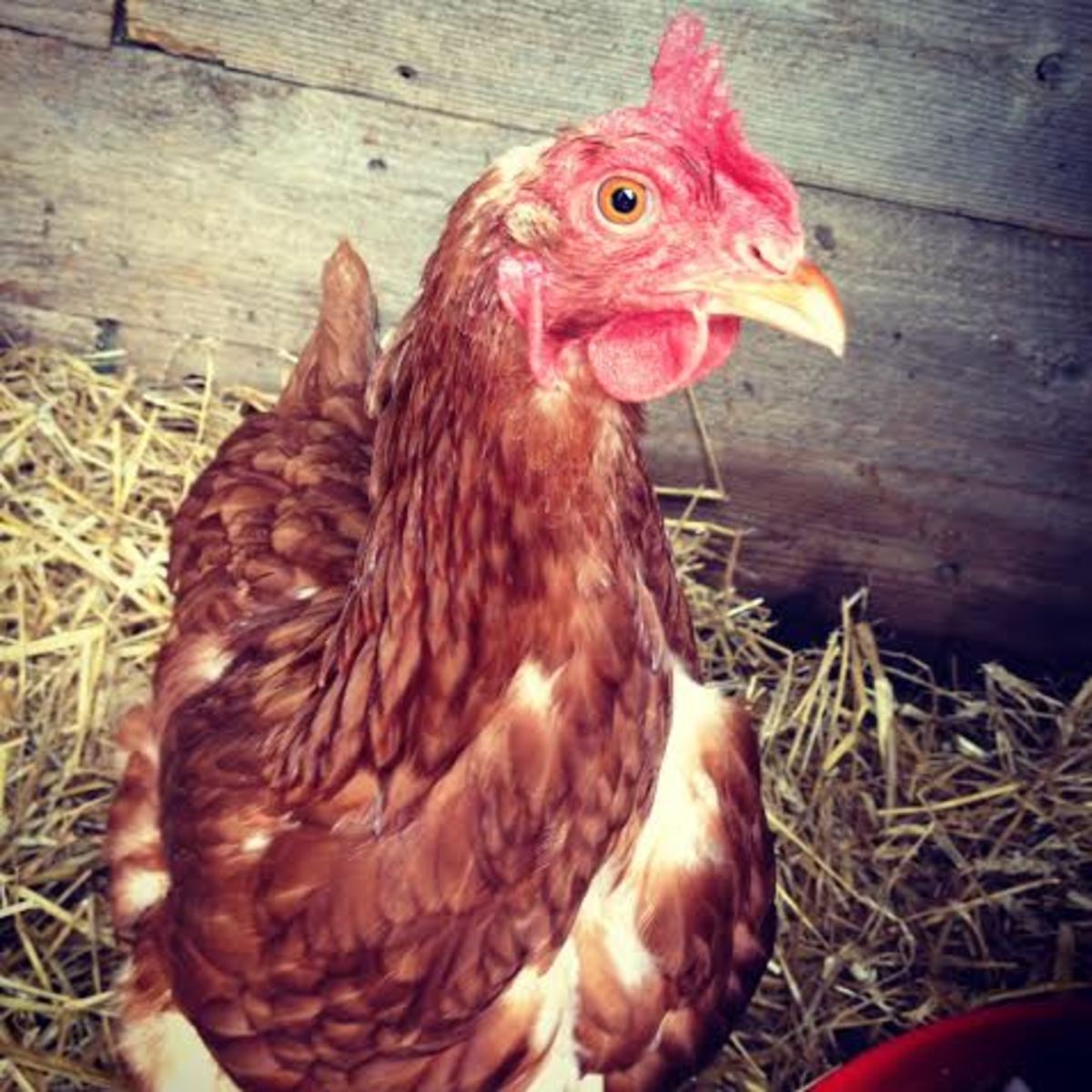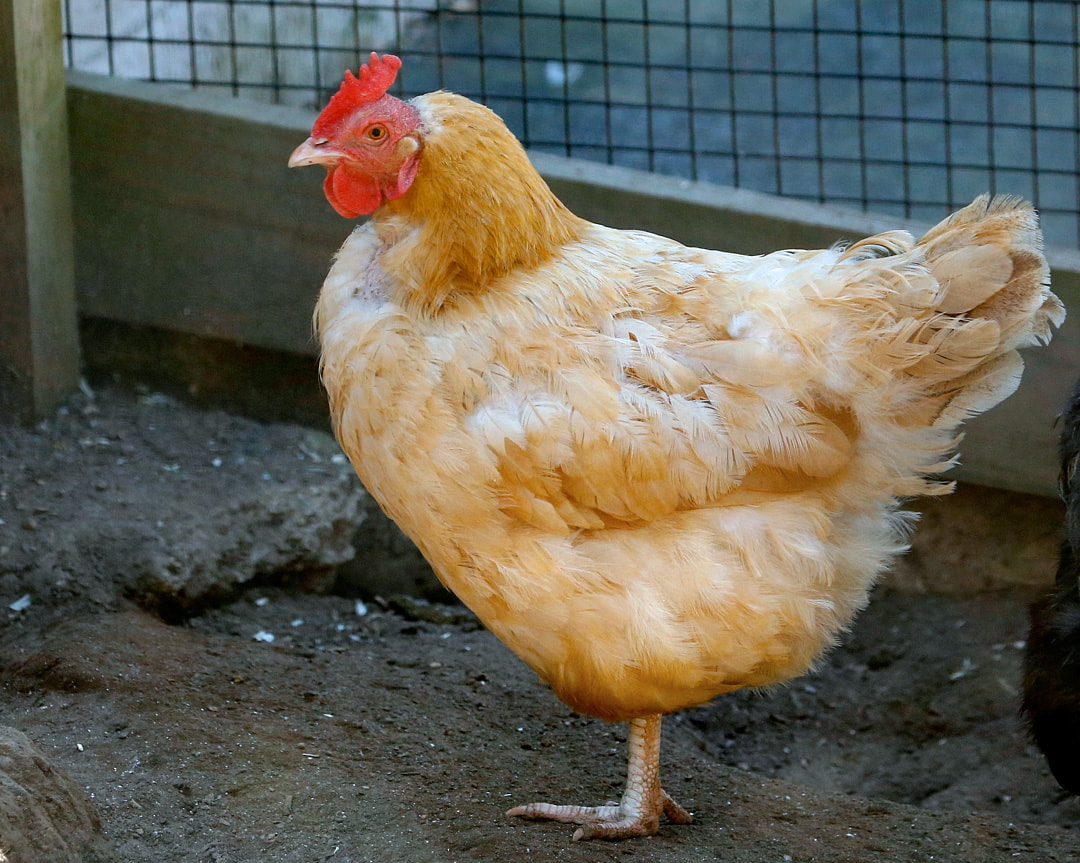


While a dual purpose breed, the Java is best when used for meat production as they grow big and they grow fast. The Houdan is loved as a meat bird, loved as an egg-producing bird as they have amazing longevity, and loved as a show bird because of their unique feathering style. While not great for the meat industry, they’re excellent for the backyard. The Holland is a dual purpose breed that is bred specifically to lay brown eggs and have yellow skin, as those are preferred here in the US.

They are a hardy bird and can withstand cold climates without any trouble. Their finely packed feathers allow them to withstand cold climates well and are considered the most docile breed in the world.ĭubbed the “everlayer”, Hamburgs lay consistently throughout their whole lives and live pretty long. The APA still doesn’t recognize them as a breed however.Ī chicken bred in France, the Faverolles is a dual purpose bird and succeeds as such. They can withstand cold weather without any trouble, making them great in the winter.Įaster Eggers are the most-loved breed in the US as they can produce eggs in colors such as green, blue, and even pink. They do great in both hot and cold climates and also make good pets.ĭorkings are best known for their qualities as meat producers, though they are capable of laying 140 eggs a year. The Dominique breed is considered a dual purpose bird, but it excels in egg laying over meat production. They typically lay four, large, brown eggs a week far into the winter months. They do great in heat and humidity and make a great choice for first-time chicken owners.ĭeveloped originally as a commercial, dual-purpose breed but later replaced by hybrids, Delawares today make excellent backyard chickens. Used in Cuba as dual purpose birds but mostly as ornamental in the US, the Cubalaya can do it all. Despite this, they are calm and easy to handle. Though once known for being a great dual purpose chicken, the Crevecoeur is now best suited as a show bird as it is considered endangered. They’re good layers and hardy enough to be good fryers as well. The Chantecler is a native breed from Canada, making them great in the cold but poor in the heat. They are, however, shy to the point of wanting to avoid humans. It functions as a dual purpose bird capable of producing plenty of eggs and meat. The Catalana breed loves heat and thrives in it. They love the summer months but don’t to well in winter, though they don’t mind confinement. This is one of the largest breeds in the world and is an ideal chicken for newcomers as they’re easy to manage.Ĭampines, despite their small size, make good egg layers, though their primary use is as a show favorite. The Brahma can do everything, from lay eggs to become a filling dinner to win awards at a breed show. They’re very tame and even ride on your shoulder. The Belgian Bearded d-Uccle Bantam functions as a decent layer and makes for a good meat bird, as well as being unique enough to be popular as a show bird. A large bird, they are known to be calm and easy to handle, even considered shy by some. These are a very each breed to handle at any skill level, making them great for beginners.Ī triple threat, the Barnevelder is great for egg laying, meat production, and even has a following as a show bird. The Australorp is a hardy dual-purpose breed, capable of laying 5 eggs a week once they reach the age of 5 months. No other birds look like the Araucana does. Though they have high mortality rates in the egg, the Araucana breed is a good dual purpose chicken with strong egg producing qualities and enough meat for a meal. They are known to have a very distinct personality and are enjoyable to watch as they climb trees and search endlessly for bugs. The Appenzeller Spitzhauben thrives in cold weather as it was bred in Switzerland. They also tolerate cold climates very well. Strong egg layers but flighty birds, Andalusians are a rather active breed and can run very fast. This is a good choice for those who want something simple and easy to manage.Īncona are some of the best layers, producing 5-7 eggs a week, though they have a tendency to be wilder than most and do enjoy a good fly once in a while, making them a bit harder to keep fenced in. Good layers and good-natured as well, the Ameraucana breed is one of only three breeds that lay blue eggs.


 0 kommentar(er)
0 kommentar(er)
